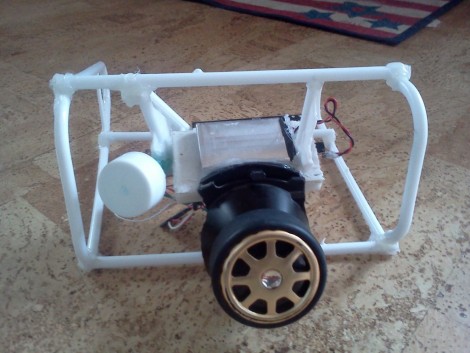
“I can’t hear myself in the mix,” “yeah, man, I’ll be there at 8,” and “dude, we need like four more mics.” Each and every one of these words is documented in actuarial tables and doesn’t bode well for your sound tech’s risk of a stroke. Luckily, there’s an even better way to kill your sound guy and this time, it’s actually pretty clever.
[@dop3j0e] at the Stuttgart hackerspace Shackspace came up with the Noiseplug. It’s a very small build that could almost fit into a quarter-inch jack. It’s all SMD with a tiny (unknown) ATtiny9 microcontroller powered by a watch battery.
The music coming out of the Noiseplug is really interesting. All the code on the microcontroller is a one-liner written in C. Similar ‘algorithmic chiptune’ programs can be run on any PC: check out these three examples.
These potential entries to the International Obfuscated C Code Contest throw chars into an 8-bit PCM stream. Piping the output of these programs to /dev/audio would generate an actual song – written entirely in one line of C.
Of course, [@dop3j0e] could have made his Noiseplug a little less annoying, but sound techs are underappreciated for a reason, right?
Check out the Noiseplug in action after the break along with a few one-liner C songs.

















